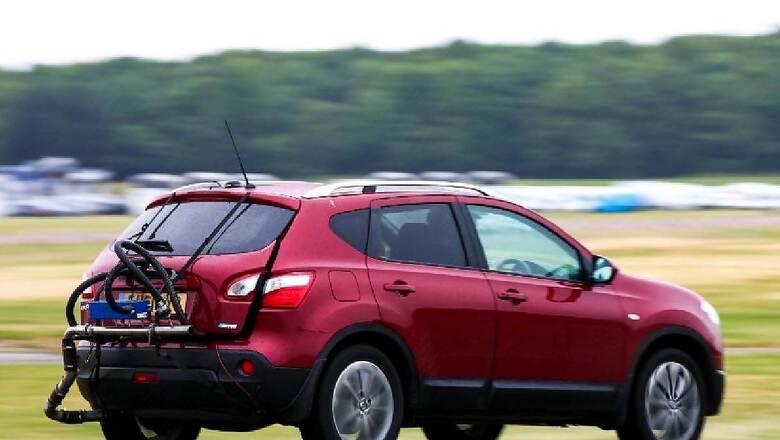
views
The acronym RDE stands for Real Driving Emissions Test. It’s termed ‘Real’ because, unlike all previous tests, it takes place in the real world, on the roads and in traffic.
In a lab test, cars adhere to a set of speed, time, and distance parameters. In the actual world, the test automobile is only subjected to wide speed ranges. And as it is subjected to real traffic, which includes natural bursts of acceleration and frequent speed changes, the results are more realistic than those obtained in a laboratory.
Emission norms are becoming increasingly strict around the world, and this is true in India as well. While other reasons contribute to the phenomena, vehicular emissions play a significant role.
To address this, the government introduced the Bharat Stage 6 (BS6) norms in 2020. To further reduce automobile emissions, the government approved Phase II of BS6 standards in April 2023, which requires the application of RDE Norms, as reported by Autocar.
RDE requirements are an important component of the BS6 emission regulation. It might be described as the driving force for the second phase of the BS6 emission regulations.
Currently, to comply with the BS6 regulations, car emission measurements, and testing are mostly tested and determined in the laboratory using simulated scenarios that simulate the actual world without any external impact. As a result, emission data obtained during the lab test differs from that produced in the actual world.
The RDE requires automakers to install a Portable Emissions Measurement System (PEMS) in their vehicles. Furthermore, the regulations require diesel automobiles to have Selective Catalytic Reduction (SCR) systems installed.
The SCR makes use of Diesel Exhaust Fluid (AdBlue), which considerably decreases emissions of substances like nitrogen oxides (NOx) by reducing pollutants into water, nitrogen, and small amounts of carbon dioxide. Eventually, this reduces the vehicle’s overall tailpipe emissions.
Automakers could meet the requirements during the first phase of BS6 rules by using the Lean NOx Trap (LNT) system, which enabled sub-2.0-litre diesel engines to reach reduced emission levels.
During the first stage of the BS6 emission regulations, the larger diesel motors were already converted to the SCR system. Nevertheless, the manufacturers would need to utilise more expensive and sophisticated SCR systems when BS6’s second phase is implemented.
While automakers have borne the brunt of the effect of RDE deployment, consumers are mostly affected by vehicle price increases.
In recent years, several automakers have considerably increased the prices of their passenger vehicles, regardless of versions or powertrains. Small cars, too, have witnessed large price increases overall. These price increases are due to an increase in overall production costs as a result of the new norms, among other factors.


















Comments
0 comment